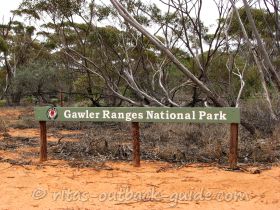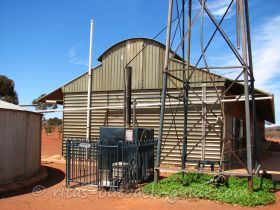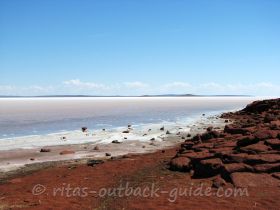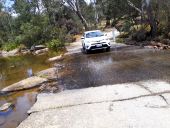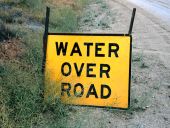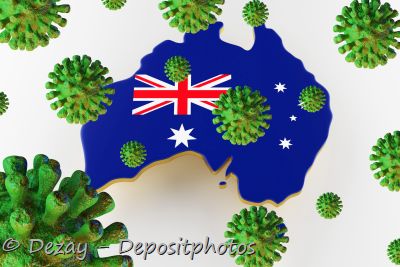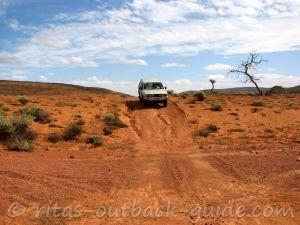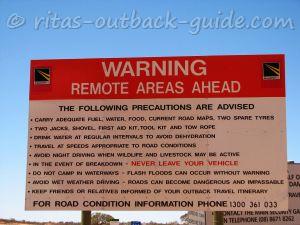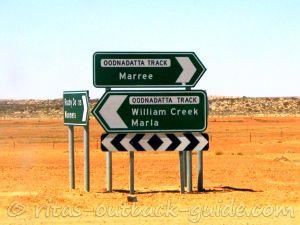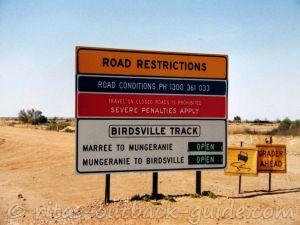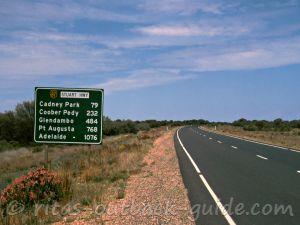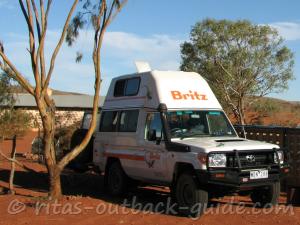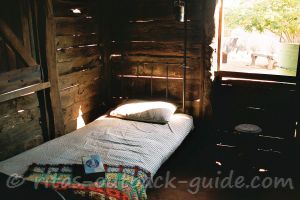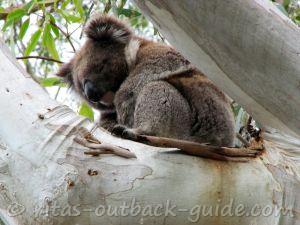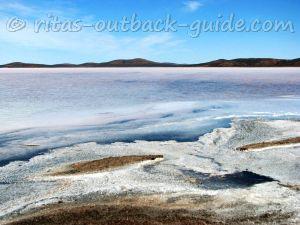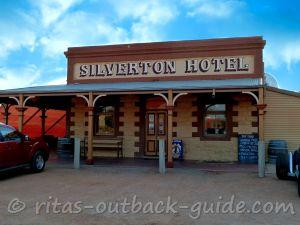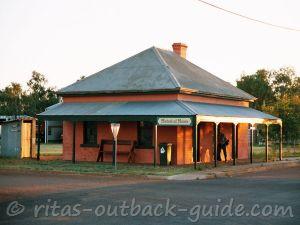Lake Gairdner - Gawler Ranges
Pictures & facts of an amazing wilderness area
Lake Gairdner is a huge salt lake in Outback South Australia. The
glistening white surface, surrounded by red foothills of the Gawler
Ranges in the south, is a beautiful sight. Along with the much smaller
L. Everard and L. Harris, the three lakes form Lake Gairdner
National Park. The national park was proclaimed in 1991 to protect the
unique environment, flora, fauna and the scenic features.
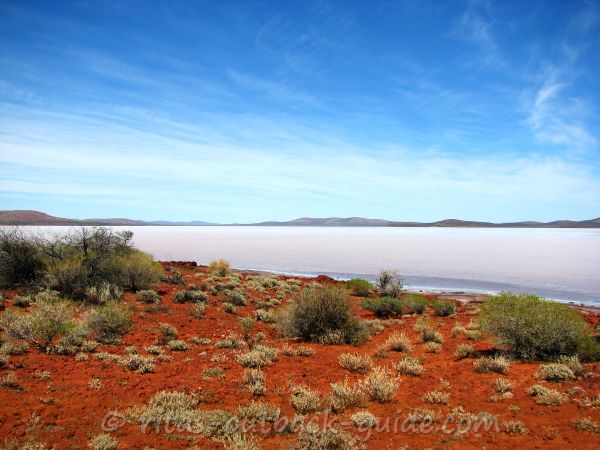 The colours of the Outback
The colours of the Outback
The irregularly shaped Lake Gairdner is about 160 km long and it covers an
area of roughly 4,300 sq km. Actually, it is Australia's fourth largest
salt lake, and it is usually dry. There are also several small islands
within the lake. The salt is over 1 m thick in some parts, mostly in the
southern area.
6 creeks and rivers feed the basin: Garden Well Creek, Gorge Creek, Yeltabinna Creek to name a few. Usually, those creeks are dry as well, they only flow for a short period after rain.
All pictures on this page were taken at the Mount Ive access area.
Photos and Facts
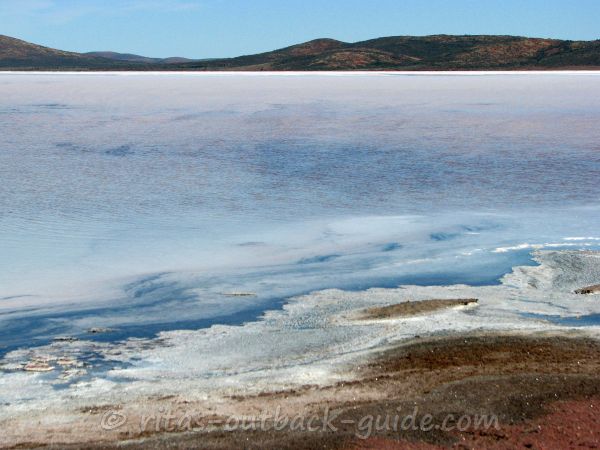
The slopes of the Gawler Ranges clearly define the shores of the lake in
the south. Further north there are low sand ridges. This is a remote
and arid country. It is beautiful, nevertheless. Vegetation is scrub and
salt bush and desert flowers after good rain.
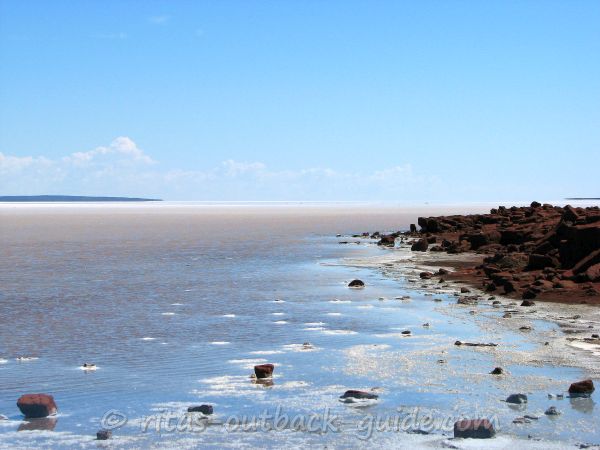
Well, as I said above, Lake Gairdner is usually dry. However, when I
visited in November 2008, water lapped the shores as you clearly see in
the photos. This can happen after rain during winter and spring. Once
temperatures rise, the high evaporation dries the lake quickly.
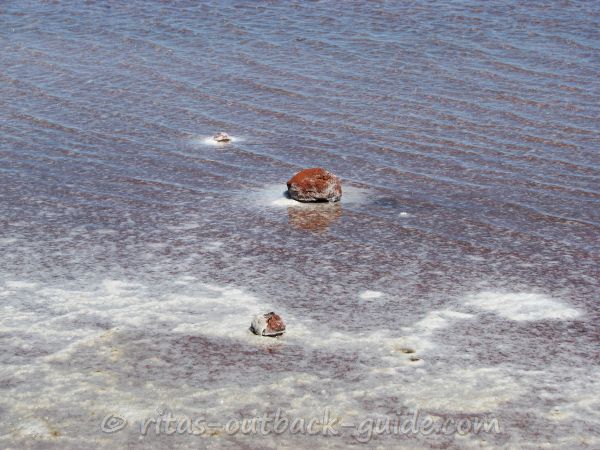
Location
The southern edge is about 150 km north west of Port Augusta. In fact,
the south shore of Lake Gairdner forms the northern boundary of Mount
Ive Station.
The northern end is a few kilometres south of Kingoonya, the Trans Australian Railway and the Stuart Highway.
So you might think this is not a very remote location, but still,
travellers should be well-prepared when visiting Lake Gairdner.

There are no facilities at the public access area on the lake. The
hut pictured below provides some shade if you want to sit down and have a
picnic. Although it was a hot day, the rainwater tank held cool and
fresh water.
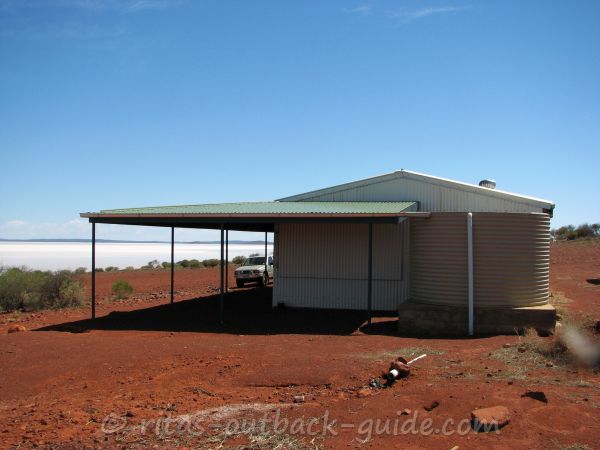
Once a year at the end of summer the lake gets very busy when the Dry
Lake Racers have their race week. Of course, the event depends on the
weather. The surface of the lake has to be firm and dry, and permission of the South Australian Department of Environment and Heritage (DEH) has to be granted for the event. Visit the Dry Lakes Racers website for more information about this event.
How to get there
Several tracks leave the Eyre Highway in the south...
- Iron Knob to Mount Ive road via Nonning
- Kimba to Kingoonya road is the main track
through the area. In the northern parts the road passes between the
lakes Harris and Everard (on the western side of the road) and Lake
Gairdner (east of the road).
Coming from Kimba, visitors can leave the main road near Thurlga to reach Mt. Ive. - Minnipa to Yardea road crosses the Gawler National Park before it finally joins the Kingoonya road.
Access to Lake Gairdner
The national park is surrounded by station properties. Many tracks in the area are private roads so please stay on signposted track and roads.
- The main route to the lake is via Mount Ive station on a 34 km station track. If you stay at Mt. Ive station, a visit to the lake is definitely a highlight you shouldn't miss.
- A recently opened public access road (PAR) goes from Waltumba tank near Moonaree station to the edge of the national park. There is no vehicle access to the lake bed here.
 Road to Mount Ive Station
Road to Mount Ive StationRoad conditions
All roads and tracks in the area are unsealed gravel or sand roads. Conditions can change quickly depending on the weather.
We didn't have any problems when we travelled to Mount Ive and further
north on the Kingoonya road. But as conditions change frequently, you'll
hear people saying the roads are good, while others think they are
horrible.
Drive carefully, always expect hazards like animals on the road, rough gutters, washouts and grids.
Check out Outback Roads South Australia or call Ph: 1300 361 033 before you go.
Take some spare parts & a spare tyre to help yourself in minor
troubles. Of course, take plenty of water and some extra food, just in
case you break down.
Facilities
Mount Ive station has a small shop where you get frozen bread &
other items. They also sell soft drinks & beer. However, they ask
visitors to bring their own food, their provisions offered are just for
emergencies. Fuel is also available.
And that's about it. You won't find any more supplies between the Eyre
Highway and Kingoonya. So apart from fuel, bring your own provisions.
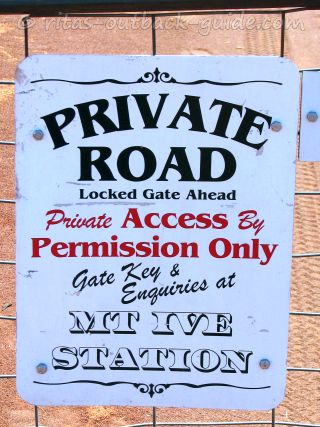
Permits, Dos & Don'ts
- For the Mt. Ive station track to Lake Gairdner a permit & a key is required for a fee.
- As elsewhere in the Outback don't expect garbage bins. Please take your rubbish with you!
- Always leave gates as you found them. It might be a nuisance to get off and on the car when you drive on station tracks, nevertheless, when a gate was closed, please shut it again once you have passed.
- Do not drive on the salt lakes! For any vehicle activity on the salt crust permission from the South Australian Department of Environment and Heritage (DEH) is essential.
- Respect private property.
Visiting Lake Gairdner National Park is a wonderful experience. Enjoy it & take care.
Discover the secrets of the Gawler Ranges
The articles below will help you prepare your journey
- Home ›
- Gawler Ranges Overview ›
- Lake Gairdner

